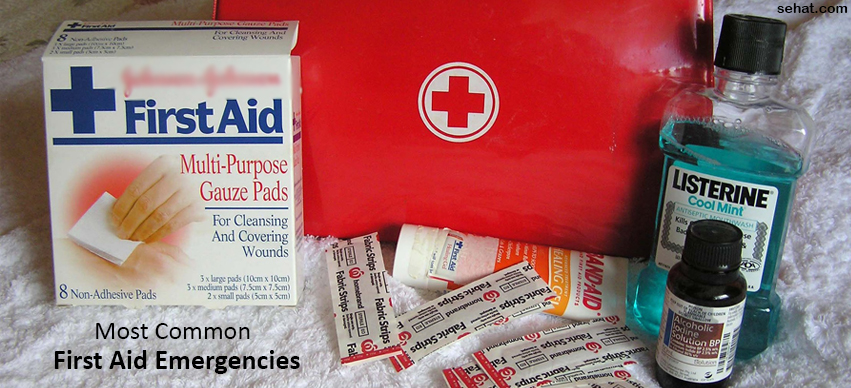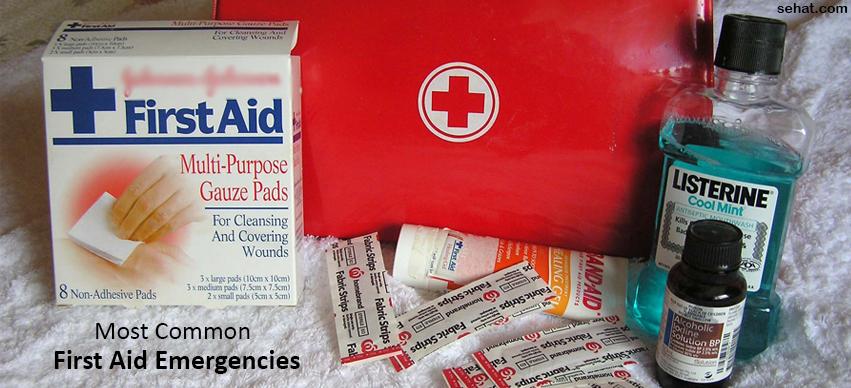Evolution of Prescription Refills: From In-Person to Online ..
6 Min Read


Safety and security are considered basic needs in Maslow’s hierarchy of needs, which means that an individual must satisfy this feeling of safety before fulfilling top-level needs and pursuing growth. Perhaps this need is why owning a place you can call your own is considered a sign of success by many. A house isn’t just a shelter; it provides people with a sense of security, serving as a familiar place where they can let their guard down and relax.
This feeling of safety, however, does not exempt houses from turning into a site of accidents, injuries, and illnesses. According to 2008 data, 58% of falls among seniors in Queensland took place at home, and 2017 data for the same State shows that 19% of drowning deaths among children ages 5 and below occurred in a bathtub. Risks and hazards are still present at home, and you need to be aware of these.
Completing a first aid course in Brisbane can go a long way in making sure that you and your household members can take action in the event of an emergency. Here are some of the more common injuries, conditions, and illnesses that can take place at home and will need the assistance of a first aider
A severe allergic reaction is a life-threatening condition that requires immediate treatment. The first signs of anaphylactic shock are similar to a typical allergy, like getting a runny nose or skin rash. However, this can turn into coughing, fainting, dizziness, rash, shortness of breath, difficulty breathing, rapid heartbeat, swollen lips or tongue, and even vomiting and diarrhea in a matter of minutes.
Depending on its severity, an animal bite can result in punctures, lacerations, abrasions, or bruises. This type of injury is prone to infection. Some diseases like ABLV—a type of lyssavirus—can also be transmitted to humans through the saliva of an animal.
Severe bleeding occurs when a large blood vessel is damaged. Losing a lot of blood can cause a drop in blood pressure and decreased blood flow to the organs.
Burn injuries are considered one of the most common household injuries and can be caused by heat, cold, electricity, chemicals, or even friction. There are 3 burn levels. First-degree burns feature skin redness without blisters, second-degree burns have blisters and appear to have thickened skin, while third-degree burns have a white, leathery appearance.
Choking happens when an object obstructs a person’s throat or windpipe, blocking the airflow. Symptoms include unconsciousness or difficulty breathing, speaking, or coughing.
Drowning takes place when a person experiences respiratory impairment due to being immersed in water. Children under 5 years old, in particular, are vulnerable to drowning; between 2012 and 2017, this age group made up 60% of child deaths due to drowning in Queensland.
The electric shock takes place when a person comes in contact with a source of electricity. Symptoms may include unconsciousness, difficulty breathing or not breathing at all, weak or erratic pulse or no pulse at all, burns, and even cardiac arrest.
Among the common signs of a heart attack are chest pain or discomfort; nausea or feeling lightheaded; pain or discomfort in the jaw, neck, or back; arm or shoulder discomfort; and shortness of breath.
While irritating, insect stings and bites are not often seen as an emergency. Mild reactions to insect stings can result in redness, itching, and swelling. Still, some insect stings can cause severe reactions and transmit diseases, like malaria and dengue fever.
Sprains refer to injuries to tissues that connect 2 bones, while strains are injuries to tissues that connect bones to muscles. Symptoms for these include pain, swelling, bruising, and limited mobility of the affected joint.
Stroke is one of the leading causes of death and disability in Australia, where it’s estimated that 1 person has a stroke every 10 minutes. Remember the acronym FAST if you think you’re dealing with a stroke victim: face (check the face for drooping), arms (can they lift both arms independently), speech (are they slurring), and time (time-critical, call emergency services right away).
There’s no saying what incidents can take place in one’s home or neighborhood, so it pays to be prepared. A first aid course helps you stay ready regardless of your location, and it can make you safer, as some courses teach students how to identify hazards at home or in the office and how to work around them. Furthermore, your family members can feel safer and more secure even in the face of an emergency because they know that someone is capable of giving them help no matter the situation.